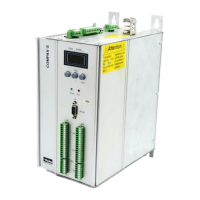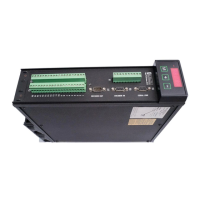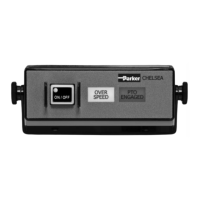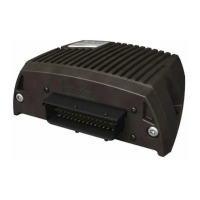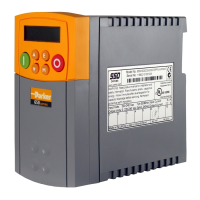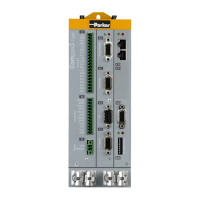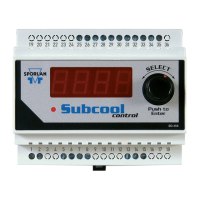2. Object index
Interbus-S
68
Setting the PAD:
!
using the object "Process Output Data Description" (PA_SELECT; see page 73),
or
!
using the COMPAX parameters P139, P140, P141, P142 (corresponds to the object PAD_INI; see page 76).
You may place each of the named objects on the PAD channel according to its required bytes.
Set the corresponding COMPAX parameter to the value given for the respective object (see table above).
Length Possible assignment in the PAD channel
Object: in byte PAD1 PAD2 PAD3 PAD4 PAD5 PAD6
PD-Length=8Byte
(P196 Bit 0...2="4")
PAD3 PAD4 PAD5 PAD6 PAD7 PAD8
P139 P140 P141 P142
STEUERBYTE 1
CONTROL 1
OVERRIDE 1
START_N 1
START_N_GO 1
STEUERWORT 2
CPX_STW 2
SPEED 2
OUTPUT_WORD 2
LAGE_ZIEL 4
OBJECT_REQ 6
Please ensure that there is no double assignment on the PAD channel.
Double assigning occurs, for example, if the POSITION_TARGET is in PAD1 - PAD4, and P141 is used to assign PAD3
again. The proper action in this case would be: LAGE_ZIEL on PAD1 - PAD4 via P139 = and P140 = P141 = 0!
PA_SELECT allows the channels to be freely assigned. You will find depictions of the various possibilities of parameters
P139-P142.
PADs disable / enable
The PAD's can be individually disabled and enabled using the object "Enable Process Output Data" (PA_ENABLE see page
74). This means an object is only written with the value from the PAD channel if the corresponding PAD's are also enabled.
After "Power on" the PAD's are enabled, i.e., normally no setting needs to be made here.
After power on, the COMPAX parameters P139, P140, P141 and P142 initialise the objects PA_INI and PA_SELECT and
thereby the PAD channel.
The PAD_INI object can be used to read and write these parameters.
Notes
Note the following when configuring the PAD:
•
After Power On, the PAD's are enabled if a valid configuration for the PAD is entered in the COMPAX parameters P139 ...
P142.
•
Note the length (number of bytes) of an object. An object can be represented on the PADs if the corresponding number of
PAD bytes are free, i.e. not occupied by any other objects.
•
Using the null object (Index and Sub-index = 0) or by setting the corresponding COMPAX parameter to "0", an object can
again be removed (deleted) from the PAD channel.
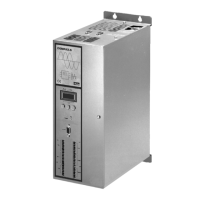
